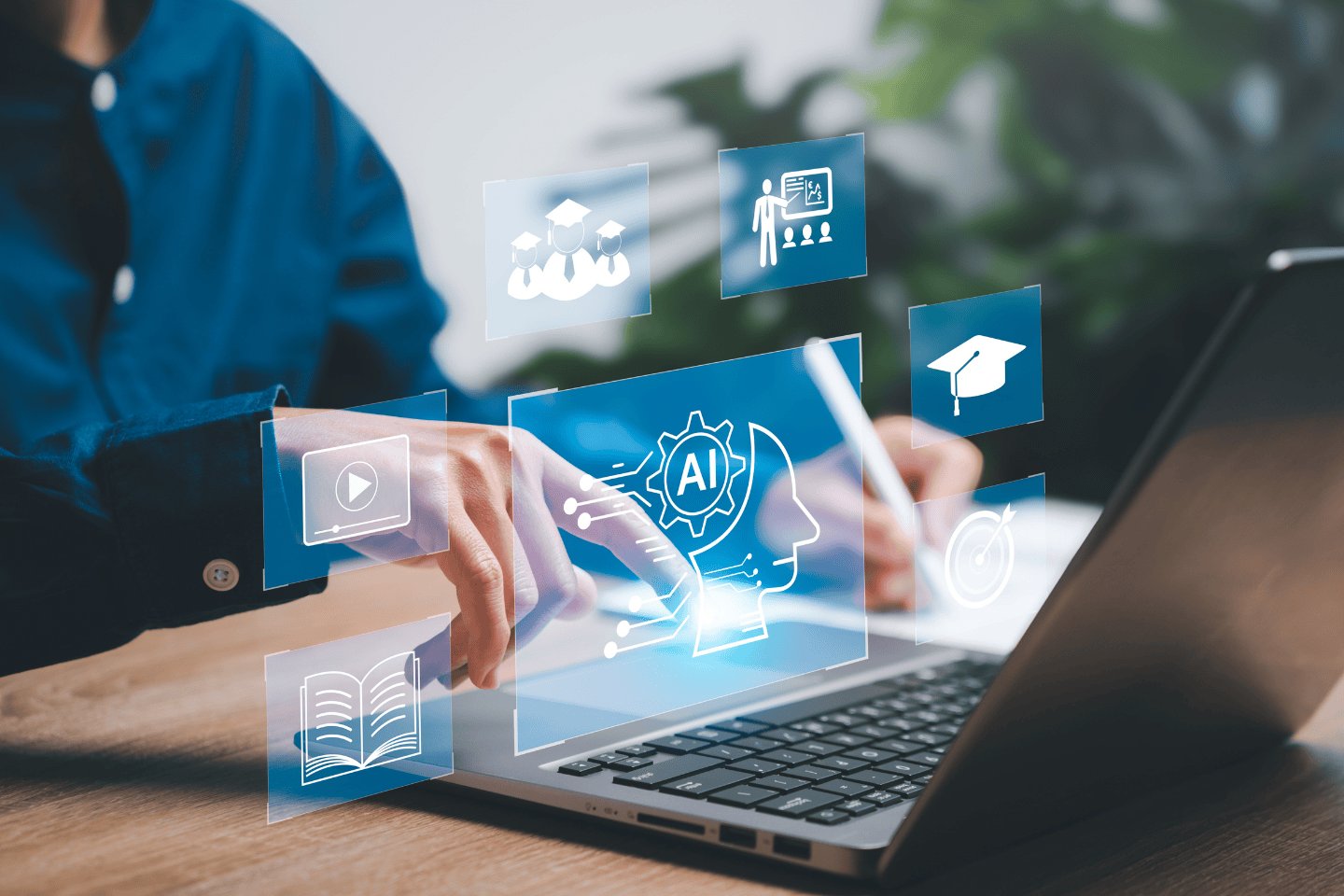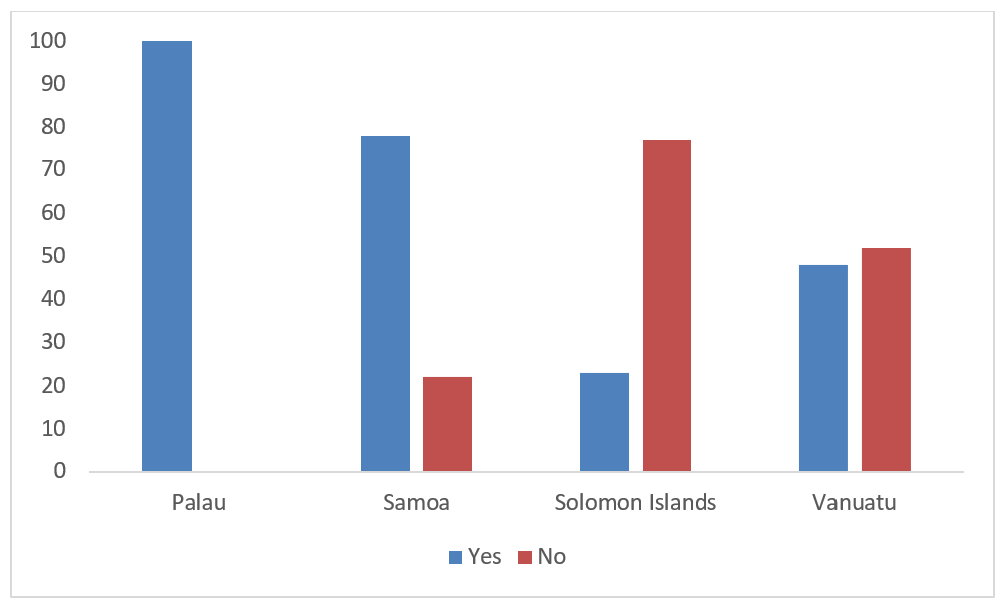
AI in education: ensuring teacher agency in a technology-empowered world
Research 24 Jan 2025 9 minute readThis International Day of Education, we investigate whether AI can be used to address some of education’s persistent challenges.
Recent advancements in artificial intelligence (AI) offer much potential for the future of education. The major leap in AI’s ability to manipulate complex data processes and solve problems introduces new opportunities for enhanced teaching and learning. In particular, the emergence of generative AI is transforming the educational landscape and provoking new thinking about the relationship between humans and AI. However, the application of AI in education settings has also raised critical questions for policymakers and practitioners, including essential skills development, data privacy, ethical standards and legislation.
Opportunities
The use of AI to support adaptive learning is well documented. AI software has been developed to help teachers better monitor student’s learning progress by identifying student response patterns and providing relevant content for differentiated learning and improvement.
A meta-analysis of digital personalised learning initiatives in low- and middle-income countries (LMICs) found a positive effect on student learning outcomes. Game-based and immersive learning approaches using virtual reality technology has also been shown to improve student engagement in learning. However, for these technologies to be impactful, they need to be effectively integrated into existing pedagogy by teachers who have the appropriate digital skills and training to implement them in the classroom.
AI can also be used to improve efficiency in teaching and learning by reducing the time teachers spend on tasks. For example, recent AI-powered design includes automating the development and marking of assessments and providing timely, personalised, and adaptive feedback tailored to individual students' dynamic learning levels and needs.
More recently, the potential of AI technologies to automate some teaching and learning processes has been seen as a stop-gap measure to mitigate the ongoing impact of teacher shortages and provide continuity of learning to students during periods of school disruption. Low-cost interventions such as chatbots delivered through messaging platforms, have also been shown to support student learning and wellbeing in some contexts.
Challenges
Although there is much excitement over the potential of AI to support education systems, the role of AI should be to support and augment, rather than replace human intelligence. This calls for new thinking on how teachers can be better prepared to leverage AI to support students in this new era.
In many contexts, teachers require more support to use digital tools and technologies, including AI. The 2023 Global Education Monitoring Report found that teachers receive limited support to improve their digital skills and many lack the confidence to use them. The lack of access to digital infrastructure was cited by teachers as a significant barrier to support student learning, particularly in LMICs. Unequal access to digital tools and infrastructure across schools and regions can exacerbate existing educational disparities that affect student learning.
ACER’s case study on teachers and technology for the GEM Pacific Report found that the availability of digital resources to support classroom teaching varied widely across the region. For example, more than 80% of teachers in the Solomon Islands reported having no access to digital resources, compared to 20% of teachers in Samoa.

Availability of ICT resources for teacher use in selected countries, PILNA 2021
Teacher digital literacy is also crucial so educators can effectively integrate technology into teaching practices to improve learning outcomes for students. However, data derived from the OECD's Teaching and Learning International Survey reveals that many teachers internationally have limited understanding when it comes to integrating technology into their teaching and learning practices.
A lack of training and professional development represents a key challenge in teacher digital literacy. Across the Pacific region, analysis of results from the latest Pacific Islands Literacy and Numeracy Assessment (PILNA) shows that nearly 50% of teachers reported that they did not have access to professional development in the use of information communication technology (ICT) in the previous 3 years (SPC, 2022). In Samoa, teacher professional development in ICT was shown to have the strongest positive impact on student learning outcomes, compared to all other professional development topics.
The application of AI technology and its reliance on mass data processing raises ethical concerns regarding student privacy and data security. These issues place additional burdens on educators to monitor responsible ICT use policies in the classroom and its impact on student relationships and wellbeing. Additionally, there is limited evidence on how students use AI, making it challenging to design adequate support.
Balancing AI with teacher agency
While the integration of technology has undeniably created opportunities to improve teaching and learning, technologies themselves are not the drivers of these changes. Humans, as creators and facilitators of learning, are central in the design and use of technology. As much as technology was not originally designed for education, its suitability and value need to be examined by empirical evidence in relation to a human-centred vision of education. For educators, this means adopting an approach that strikes a balance between the role of humans – such as educators and students – and Al tools in the learning, teaching and administrative process.
Al tools can be seen as 'assistants' that support both educators and students. Educators are responsible for training and collaborating with these Al assistants, ensuring they are used ethically and assigning them appropriate tasks to augment human intelligence through learning and teaching. However, the design and integration of Al in learning, teaching and educational administration should not be the sole responsibility of individual teachers or school leaders.
Outcomes in terms of the use of Al may be enhanced through co-creation and co-design approaches that leverage expertise and involve input from key stakeholders, including students, teachers, technical experts, parents and school leaders. This requires:
- Ensuring policies reflect the changing work of teachers and the impact AI is having on teachers, students, and families
- Protecting teachers’ rights and iteratively (re)defining teachers’ roles
- Ongoing investment in teacher training and professional learning programs
- Co-creating and co-designing Al integration that places teachers at the centre of teaching and learning
- Ensuring parents, and students are aware of the risks as well as the merits of AI.
AI holds significant promise in enhancing education, but its successful integration depends on a human-centred approach that empowers teachers. AI should be viewed as a tool that complements and supports educators, not as a replacement. By ensuring teachers receive the necessary digital training and support, and including education stakeholders in the design process, the full potential of AI can be unlocked and ultimately, help to transform education.
Find out more about ACER’s work on AI and technology in education:
Find out more about the ACER-Accredited Course for educators: Using AI for Learning and Teaching: An Introduction
Register for the ACER Research Conference to attend the Digital and artificial intelligence in education panel.
Read AI systems in teaching and learning: Principles and practical examples
Read Literature review: Empowering teaching and learning with educational technology
Read EdTech for learning outcomes and impact: A comprehensive approach